Aurora Innovations nabs its first two customers.
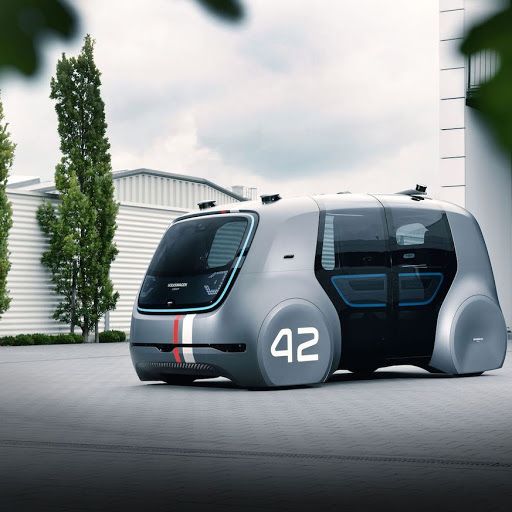

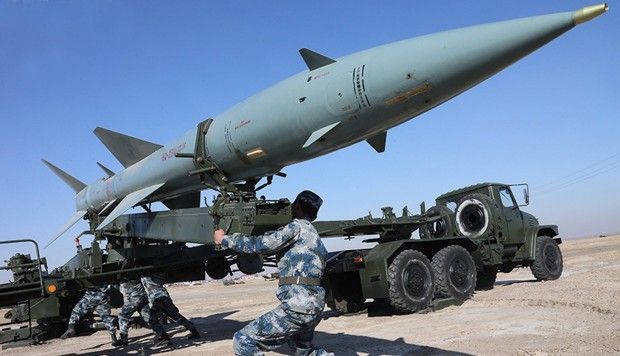
The robots, with man-made “hands and eyes”, could assemble different types of deadly explosives including artillery shells, bombs and rockets, he said. They could also make more sophisticated ammunition such as guided bombs, equipped with computer chips and sensors, that could carry out precision strikes.
Robots could treble China’s bomb and shell production capacity in less than a decade according to a senior scientist involved in a programme that is using artificial intelligence to boost the productivity of ammunition factories.
Xu Zhigang, a researcher with the Chinese Academy of Sciences’ Shenyang Institute of Automation and a lead scientist with China’s “high-level weapon system intelligent manufacturing programme”, told the South China Morning Post last Wednesday that about a quarter of the country’s ammunition factories had replaced many workers with “smart machines” or begun to do so.
Home-grown aircraft carrier tops list of major additions to China’s navy in 2017.
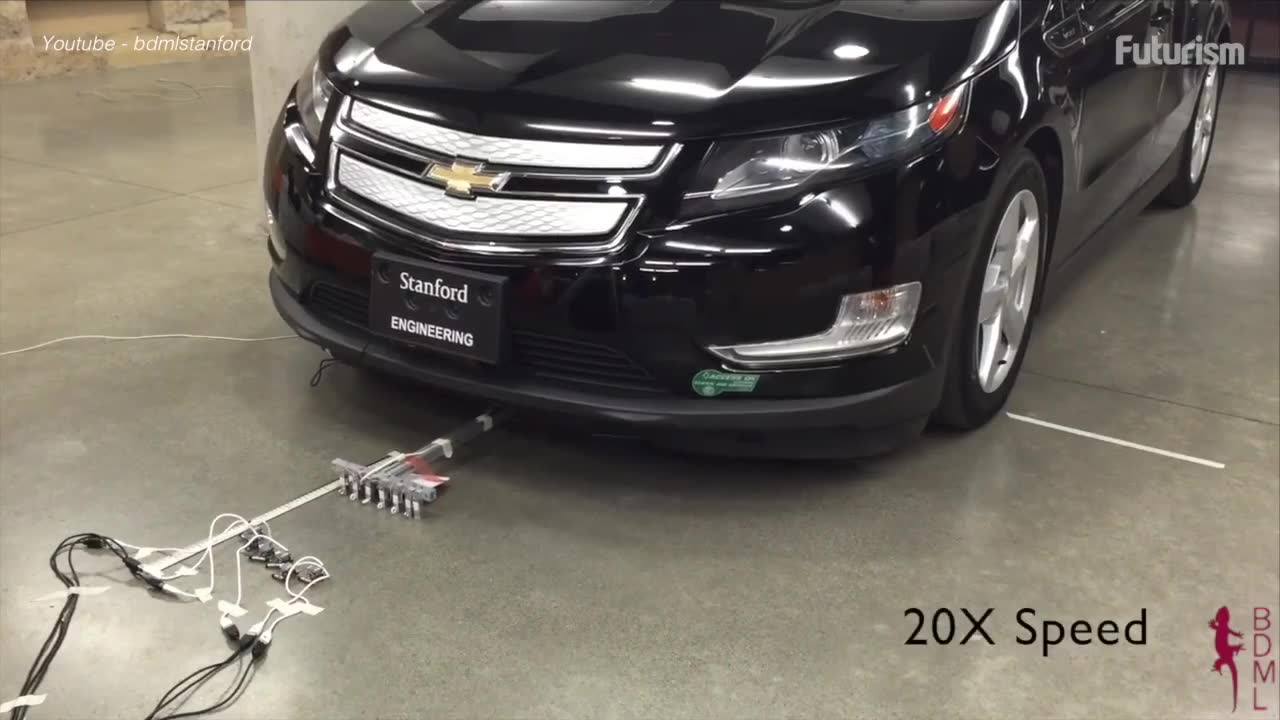
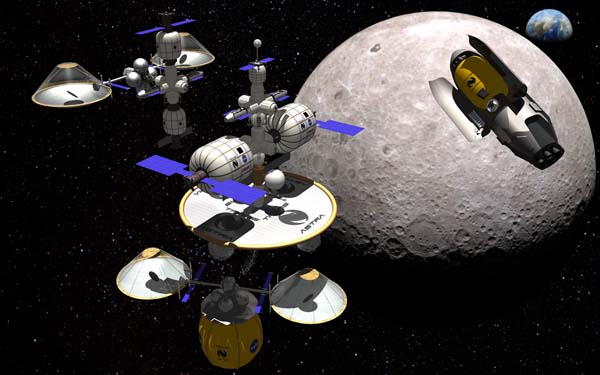
TransAstra Corporation recently completed an in-depth study of how to use resources from near Earth objects to facilitate space exploration and settlement.
The 82-page report, “Stepping Stones: Economic Analysis of Space Transportation Supplied From NEO Resources,” was funded with a $100,000 grant from NASA’s Innovative Advanced Concepts (NIAC) program.
“The Stepping Stones economic analysis of space transportation supplied from near-Earth object (NEO) resources demonstrates the potential to break the tyranny of increasing space transportation costs created by dependence on Earth-based resources, particularly propellant,” the report states.

Usually, when we’ve referred to Crispr, we’ve really meant Crispr/Cas9—a riboprotein complex composed of a short strand of RNA and an efficient DNA-cutting enzyme. It did for biology and medicine what the Model T did for manufacturing and transportation; democratizing access to a revolutionary technology and disrupting the status quo in the process. Crispr has already been used to treat cancer in humans, and it could be in clinical trials to cure genetic diseases like sickle cell anemia and beta thalassemia as soon as next year.
But like the Model T, Crispr Classic is somewhat clunky, unreliable, and a bit dangerous. It can’t bind to just any place in the genome. It sometimes cuts in the wrong places. And it has no off-switch. If the Model T was prone to overheating, Crispr Classic is prone to overeating.
Even with these limitations, Crispr Classic will continue to be a workhorse for science in 2018 and beyond. But this year, newer, flashier gene editing tools began rolling off the production line, promising to outshine their first-generation cousin. So if you were just getting your head around Crispr, buckle up. Because gene-editing 2.0 is here.
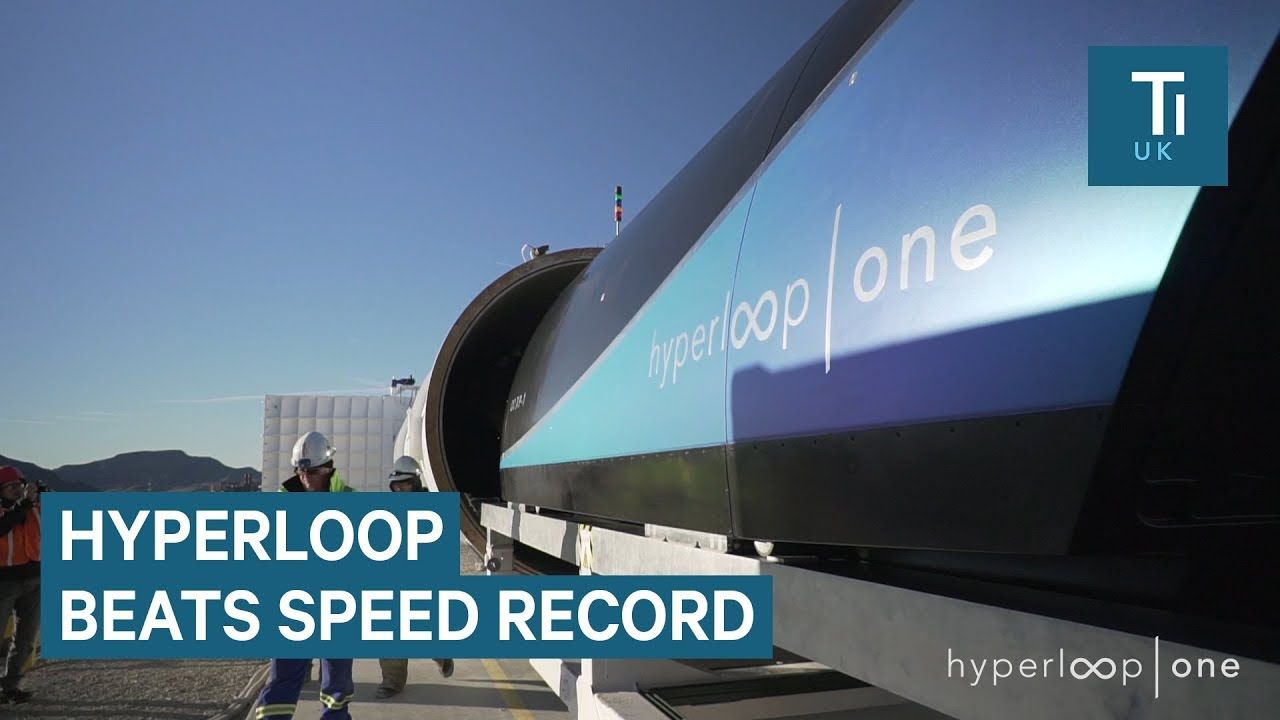
Virgin Hyperloop One set a test speed record of nearly 240 miles per hour during its third phase of testing at its site in Nevada.
The company also tested a new airlock which helped transition test pods between atmospheric and vacuum conditions during a test campaign which was completed on December 15, 2017.
The tests were conducted in a tube depressurized down to the equivalent air pressure experienced at 200,000 feet above sea level.
A Virgin Hyperloop One pod quickly lifts above the track using magnetic levitation and glides at airline speeds for long distances due to ultra-low aerodynamic drag.
—————————————-———
Follow BI UK on Twitter: http://bit.ly/1Nz3jG3
Follow BI UK on Facebook: http://bit.ly/1VWDkiy
Follow BI UK on Instagram: http://bit.ly/2gsLEds
Read more on BI UK: uk.businessinsider.com
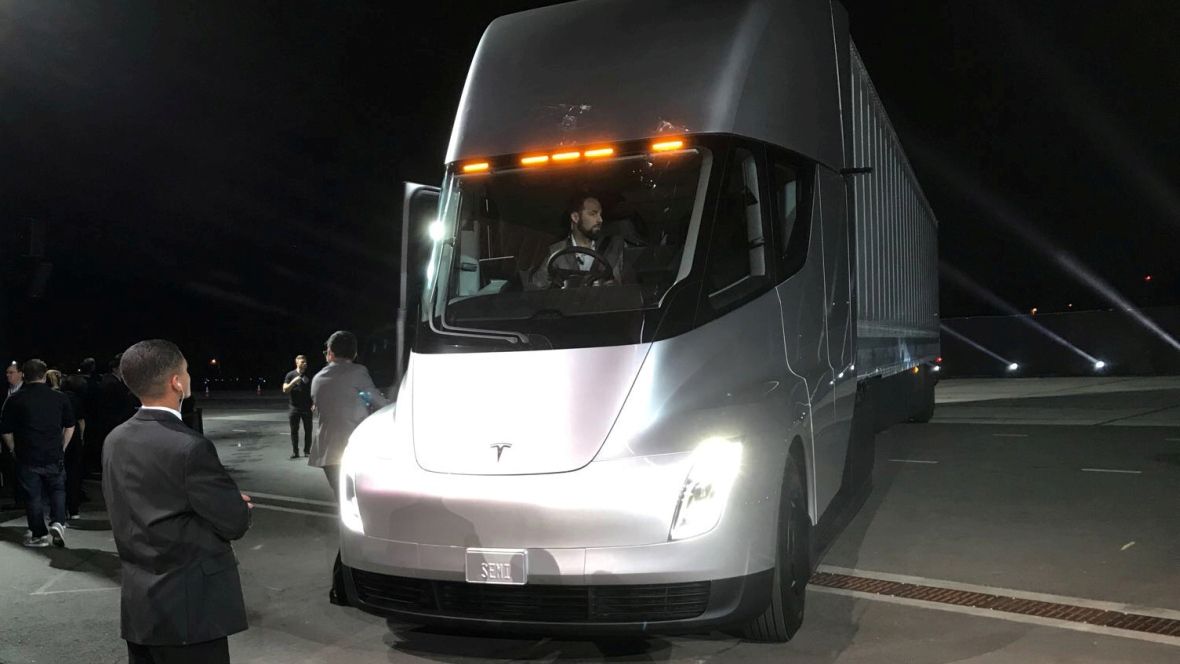
Automation of the Transportation Industry, expect the big roll out around 2022’ish.
Once thought of as a distant fantasy, autonomous trucks are moving toward commercial reality on Canadian highways as companies look to boost productivity amid a driver shortage and governments seek to reduce deadly crashes.
They are not yet driving themselves out of warehouses and down the highways, but companies of all sizes —including General Motors, Google and Uber — are testing out the technology.
Already a banner year in self-driving advancements — including the first on-street test of an autonomous vehicle in Canada — interest in the sector picked up in the closing months of 2017 after Tesla Inc. showcased a fully electric semi-trailer truck equipped with semi-autonomous technology including enhanced autopilot, automated braking and lane departure warnings.
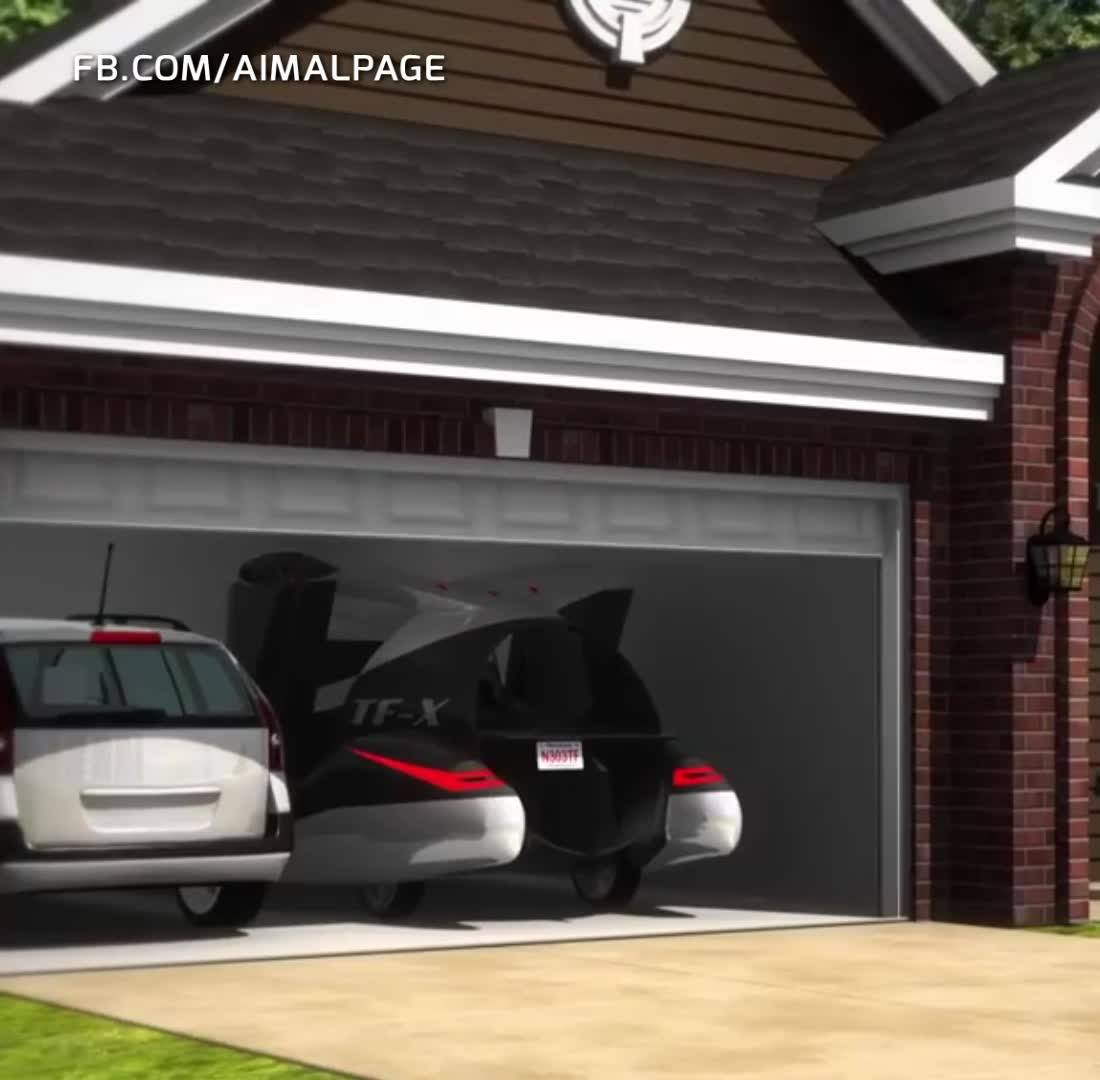
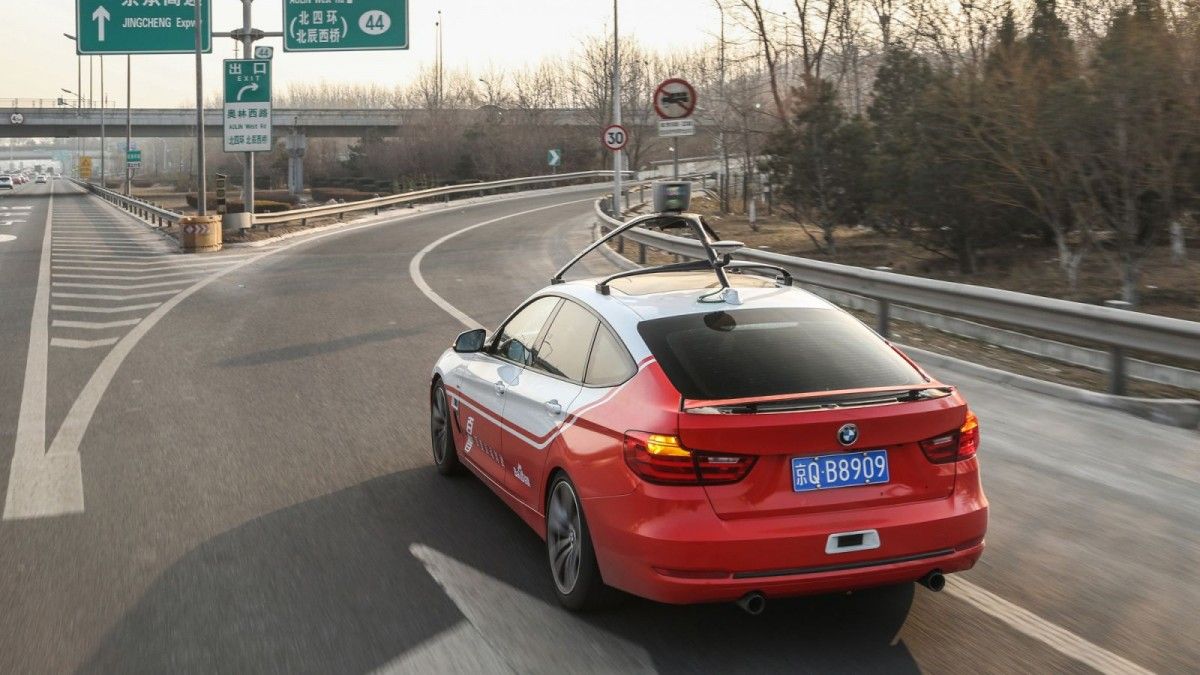
Drivers in Beijing, beware: soon, you’ll be driving alongside autonomous vehicles.
On Monday, Beijing’s Municipal Commission of Transport announced (Chinese) provisional regulations for testing self-driving cars on city roads. Companies that are registered in China and have tested self-driving cars in enclosed spaces can now apply for permission to test their vehicles on Beijing’s bustling roads.
It certainly won’t be the first city in Asia—or the rest of the world—to embrace autonomous vehicles: self-driving startup nuTonomy already operates in Singapore, and several U.S. cities are home to the cars of Uber, Waymo, and others. But the news is the latest sign of China’s commitment to making autonomous vehicles a reality, in hopes of alleviating congestion on city streets and becoming a leading technology power.
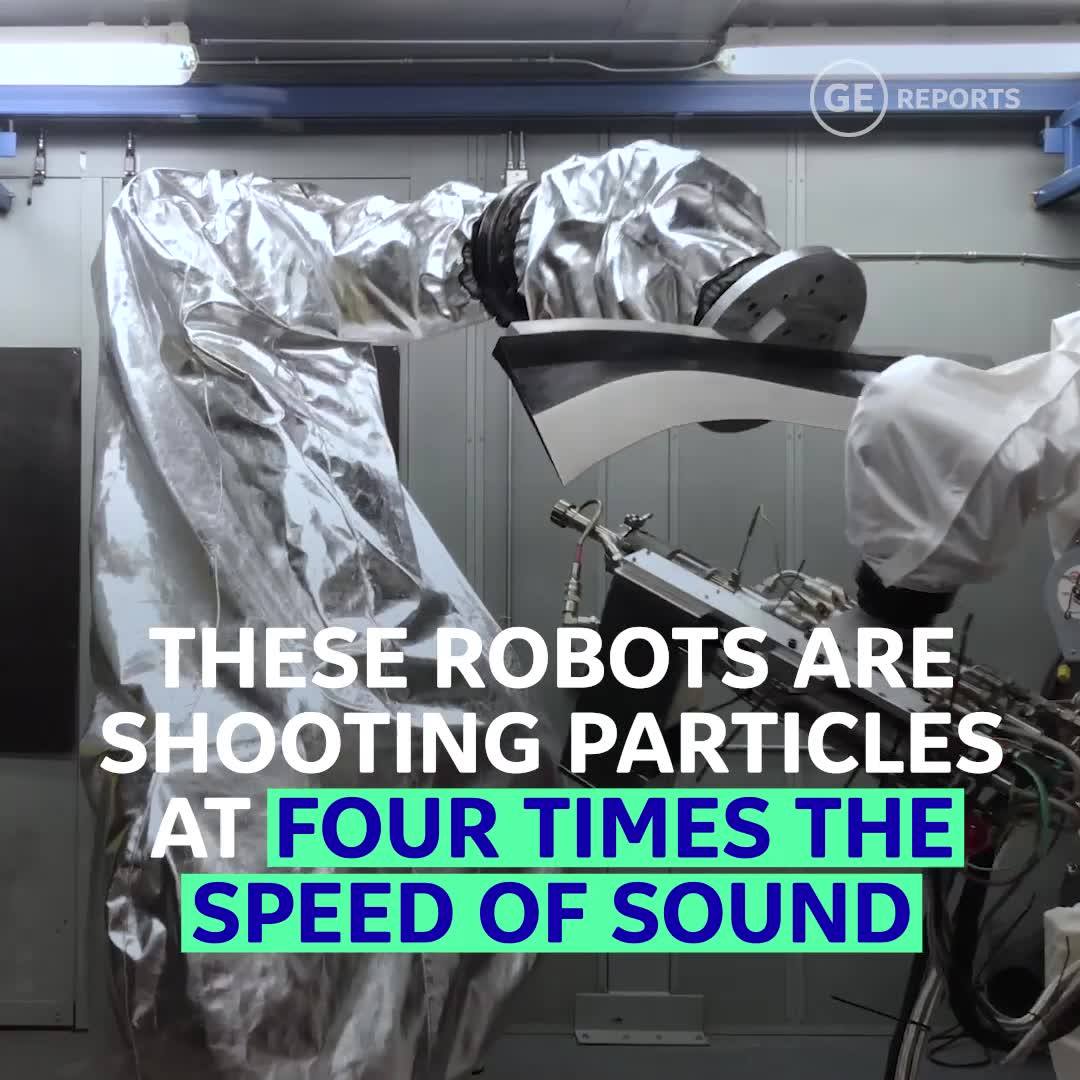
GE researchers are using cold spray to repair and build new parts for aviation, energy, and other applications. http://invent.ge/2iqaKra